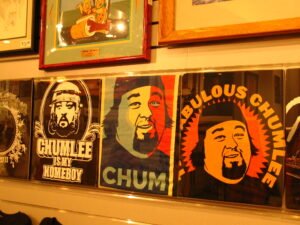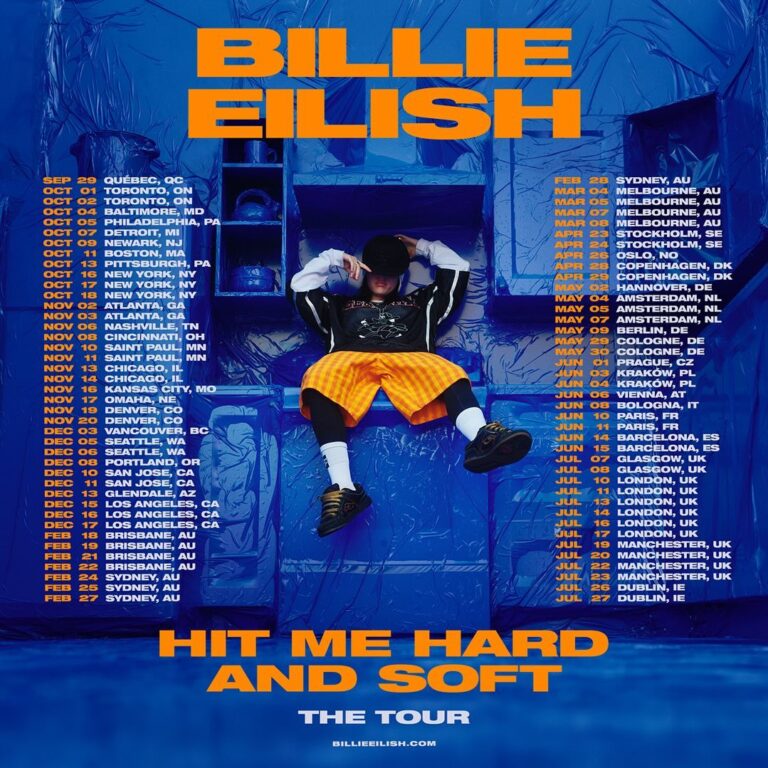Step back in time to 1962 California. The air thrums with the sounds of rock and roll, teenagers with dreams in their eyes cruise the streets in classic cars, and a sense of bittersweet change hangs in the air. This is the world of “American Graffiti,” a 1973 coming-of-age film that captured the hearts of audiences and critics alike.
Directed by a then-budding filmmaker named George Lucas and produced by the legendary Francis Ford Coppola, “American Graffiti” wasn’t a plot-driven narrative as much as a nostalgic tapestry woven from vignettes. We follow a group of high school graduates on the night after their graduation, as they cruise the iconic Modesto strip, fueled by teenage angst, burgeoning adulthood, and the yearning for one last hurrah before their separate paths diverge.
At the center of the story is Curt Henderson (Richard Dreyfuss), a college-bound intellectual wrestling with doubts about leaving his hometown and girlfriend Laurie (Cindy Williams) behind. John Milner (Paul Le Mat), the hot-rod enthusiast, embodies the rebellious spirit and the allure of the open road. Steve Bolander (Ron Howard), the quiet observer, narrates the film, capturing the bittersweet nostalgia of the night.
There’s also the ever-optimistic “Wolfman Jack” (played by the real-life radio personality), whose booming voice from the radio acts as a soundtrack to their adventures. Each character, from the drag-racing Deuce (Bob Falfa) to the shy and yearning Carol (Candy Clark), represents a facet of teenage experience, making the film relatable to anyone who’s ever navigated the complexities of growing up.
Lucas, himself a product of the early 1960s, infused the film with an authenticity that resonated with audiences. The cruising culture, the iconic cars – Thunderbirds, Phantoms, and Impalas – the sock hops, the drive-in theaters – all these elements were meticulously recreated, transporting viewers back to a simpler time. But “American Graffiti” isn’t just about romanticizing the past. It also subtly tackles themes of social change, class divides, and the anxieties of leaving behind the comforts of childhood.
Despite its seemingly simple premise, “American Graffiti” proved to be a box office smash. Made on a modest budget of $777,000, the film grossed over $140 million worldwide, establishing itself as one of the most profitable films of 1973. It resonated with audiences of all ages, sparking a cultural phenomenon. Classic cars saw a surge in popularity, and the soundtrack, featuring artists like Buddy Holly, The Beach Boys, and Bill Haley & The Comets, became a top seller.
Critically acclaimed as well, “American Graffiti” received five Academy Award nominations, including Best Picture and Best Director for Lucas. It won the Golden Globe Award for Best Motion Picture – Musical or Comedy, and has been preserved in the National Film Registry by the Library of Congress for being “culturally, historically, or aesthetically significant.”
The success of “American Graffiti” propelled the careers of those involved. It marked the beginning of a long and fruitful collaboration between Lucas and Spielberg, who served as an uncredited second unit director on the film. It also launched the careers of actors like Ron Howard, Harrison Ford (who has a memorable cameo as hot-rodder Bob Falfa), and Richard Dreyfuss.
“American Graffiti” isn’t just a film; it’s a time capsule. It captures a pivotal moment in American history, the cusp of a new era marked by social and cultural change. But more importantly, it captures the universal experience of growing up, of holding onto the comfort of the familiar while venturing out into the unknown. It’s a film that makes you laugh, reminisce, and maybe even shed a tear, reminding us of the power of friendship, the thrill of first loves, and the bittersweet beauty of saying goodbye to a chapter in our lives.
So, whether you’re a child of the 60s or someone who simply appreciates a good coming-of-age story, “American Graffiti” is a film that deserves a place on your watchlist. It’s a timeless classic that will leave you humming along to the soundtrack, longing for a simpler time, and cherishing the memories of your own youth.
Beyond Nostalgia: The Enduring Legacy of “American Graffiti”
While “American Graffiti” initially captivated audiences with its nostalgic charm, its legacy goes beyond simply reminiscing about a bygone era. The film explores universal themes that resonate with viewers across generations.
A Celebration of Youthful Rebellion: The film celebrates the rebellious spirit of youth. John Milner, the drag-racing enthusiast, becomes a symbol of this rebellion. He embodies the desire for freedom, the thrill of pushing boundaries, and the reluctance to accept the monotony of adulthood. His character resonates with anyone who has ever felt the urge to break free from expectations and carve their own path.
The Importance of Community: “American Graffiti” reminds us of the importance of community in our youth. The film portrays a strong sense of camaraderie among the group of friends. They cruise together, share secrets, and offer each other support as they navigate the uncertainties of their futures. This portrayal reminds viewers of the power of friendship during this pivotal stage of life.
The Bittersweetness of Change: The film doesn’t shy away from capturing the bittersweetness of change. As the night progresses, the characters grapple with the realization that their time together is coming to an end. College, careers, and new lives beckon, forcing them to confront the inevitable separation. This theme resonates with anyone who has experienced a major life transition, reminding us to cherish the present while embracing the possibilities of the future.
Class and Social Issues: Though subtle, the film also touches on issues of class and social change. The characters come from different backgrounds, with Curt representing the college-bound intellectual and others like Carol navigating financial insecurity. These subtle details enrich the film’s tapestry and provide a glimpse into the social landscape of the early 1960s.
Lasting Impact on Cinema: “American Graffiti” has had a lasting impact on cinema. The film’s use of music to evoke nostalgia and set the mood became a template for future coming-of-age stories. It popularized the “ensemble cast” approach, allowing multiple characters to share the spotlight and develop their own narratives. Additionally, the film’s success paved the way for other nostalgic films like “Happy Days” and “Grease,” inspiring a wave of pop culture that celebrated a bygone era.
A Timeless Classic: “American Graffiti” may be steeped in the nostalgia of the 1960s, but its themes remain timeless. The film’s exploration of friendship, rebellion, and the anxieties of growing up continue to resonate with audiences today. It’s a reminder that no matter the era, the experiences of adolescence are universal.
Whether you’re cruising down memory lane or experiencing the joys and anxieties of growing up for the first time, “American Graffiti” offers a relatable and heartwarming journey. So, next time you’re looking for a film that captures the essence of youth, the bittersweetness of change, and the enduring power of friendship, hop in your metaphorical car and take a nostalgic trip back to 1962 with “American Graffiti.”










+ There are no comments
Add yours